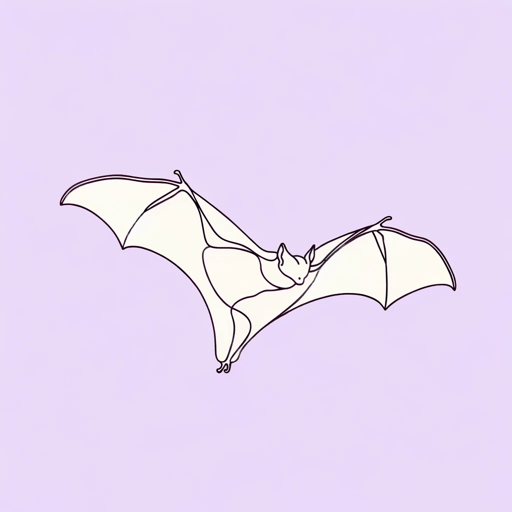28 pages • 56 minutes read
Thomas NagelWhat Is It Like to Be a Bat?
Nonfiction | Essay / Speech | Adult | Published in 1974A modern alternative to SparkNotes and CliffsNotes, SuperSummary offers high-quality Study Guides with detailed chapter summaries and analysis of major themes, characters, and more.
Essay Analysis
Analysis: “What Is It Like to Be a Bat?”
Nagel explores the nature of consciousness, subjective experience, and the limitations of human understanding. This piece of philosophical literature is deeply rooted in The Unknowability of Subjective Experience, or the idea that one can never completely understand the experience of another being.
Nagel’s essay, published in the 1970s, emerged in a time when reductionist theories held sway in the realm of philosophy of mind. The dominant theories proposed that mental states and consciousness boiled down to physical processes and objective facts. In contrast, Nagel argued that subjective experience was mysterious and opaque, becoming a voice in the philosophy of mind. His stance marked a significant departure from the mainstream.
Nagel’s primary argument is that objective facts and subjective experiences are fundamentally disconnected (See: The Unbridgeable Gap Between the Objective and Subjective). Nagel uses a bat to show how one can never fully understand the experience of another being. The bat’s limited vision, reliance on echolocation, and nocturnal lifestyle render it foreign to the human experience. Nagel argues that even with a complete understanding of a bat’s biological and physical characteristics, we still could not comprehend what it is like for a bat to be a bat.

